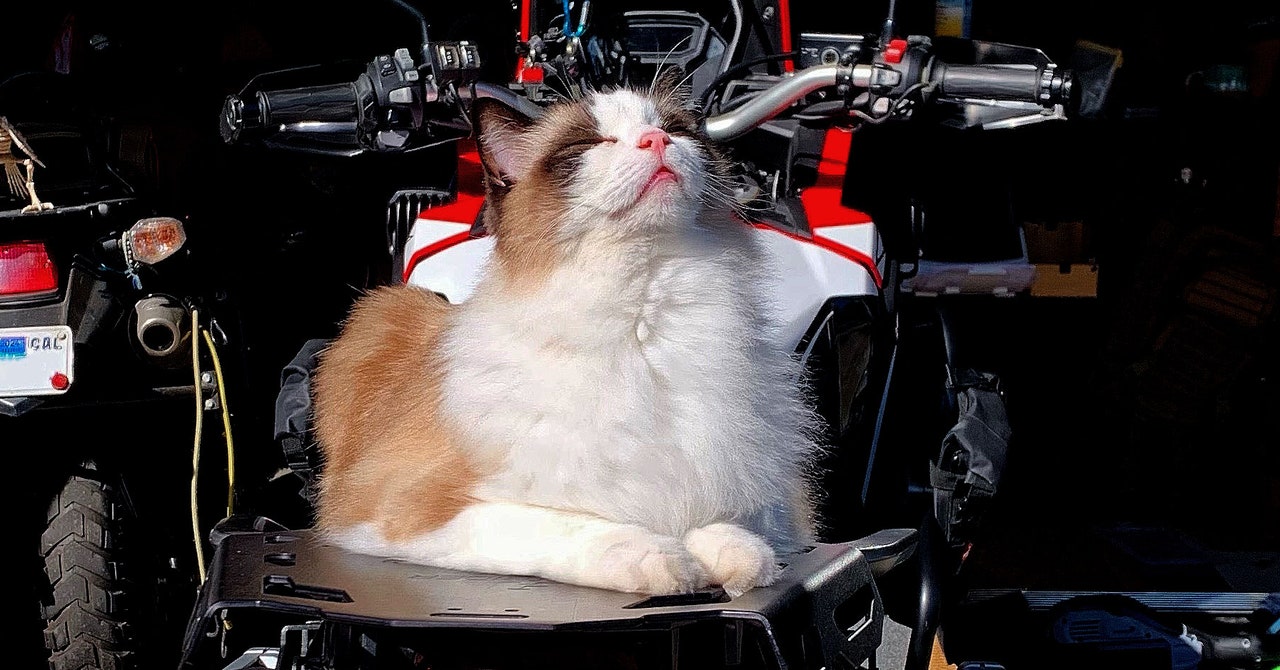- Reaction score
- 1,697
Cats purr when they’re happy and kittens purr so their mothers can find them. But it turns out purring may be more like a snore than a smile.
Feline researchers have long believed that purring is produced by voluntary muscle contractions, but a new report indicates that this vibration in the larynx of cats may be explained by the myoelastic aerodynamic theory of phonation.
Studies on the complex action that produces a unique vibration in the larynx of cats—known as purring to most of us—have taken an important turn. It turns out that the biomechanics of the sounds emitted by domestic cats when they feel comfortable or stressed may be closer to a snore than a voluntary muscle spasm.
New research published in Current Biology suggests that connective tissue masses are embedded in the vocal folds of the larynges of domestic cats. These may allow felines to produce self-sustained low-frequency oscillations without neural input or muscular contractions. The researches found that anatomical adaptations—the “pads” of tissue in the vocal fold—respond to air entering the lungs.
What Is a Purr, Really?
Voluntary muscle contractions were thought to cause the vibratory component of purring. A contraction is initiated when the nervous system generates a signal that travels through a motor neuron to a neuromuscular junction. Once there, it releases a chemical message that tenses the fibers and triggers a movement.

 www.wired.com
www.wired.com
Feline researchers have long believed that purring is produced by voluntary muscle contractions, but a new report indicates that this vibration in the larynx of cats may be explained by the myoelastic aerodynamic theory of phonation.
Studies on the complex action that produces a unique vibration in the larynx of cats—known as purring to most of us—have taken an important turn. It turns out that the biomechanics of the sounds emitted by domestic cats when they feel comfortable or stressed may be closer to a snore than a voluntary muscle spasm.
New research published in Current Biology suggests that connective tissue masses are embedded in the vocal folds of the larynges of domestic cats. These may allow felines to produce self-sustained low-frequency oscillations without neural input or muscular contractions. The researches found that anatomical adaptations—the “pads” of tissue in the vocal fold—respond to air entering the lungs.
What Is a Purr, Really?
Voluntary muscle contractions were thought to cause the vibratory component of purring. A contraction is initiated when the nervous system generates a signal that travels through a motor neuron to a neuromuscular junction. Once there, it releases a chemical message that tenses the fibers and triggers a movement.

Everyone Was Wrong About Why Cats Purr
Cats purr when they’re happy and kittens purr so their mothers can find them. But it turns out purring may be more like a snore than a smile.



